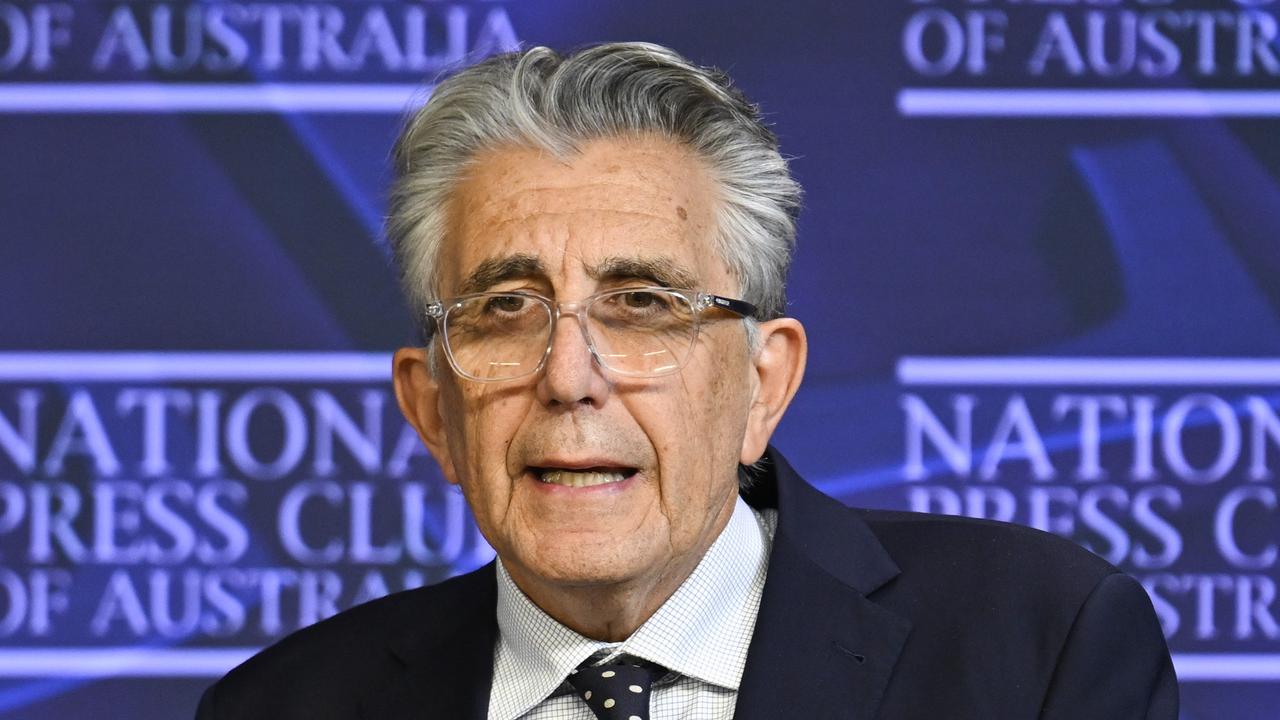Council may back lifting ban on lawyers getting slice of damages action
CONTINGENCY fees are set to gain the preliminary backing of the Law Council of Australia.
CONTINGENCY fees are set to gain the preliminary backing of the Law Council of Australia, with a report expected to recommend its constituent bodies support changes to enable lawyers to take a cut of damages awarded to their clients.
It is understood the report leaves open whether a cap of 35- 40 per cent of any damages award should be imposed.
The lifting of the ban on percentage-based contingency fees is seen as a way to improve access to justice. Exemptions would apply in fields such as criminal, family and migration law.
At the moment, lawyers in Australia can charge on a no-win, no-fee basis and add a premium to their fees if successful in some circumstances, but they cannot share in the damages awarded to their clients.
The shift towards percentage-based contingency fees within the profession comes after the release of a draft Productivity Commission report in April, which has recommended that the ban on contingency fees be removed.
The PC argues that Australia’s loser-pays costs rule, which does not exist in the US, means people are unlikely to file frivolous claims and that lawyers have no financial incentive to take them on. A final decision by the Law Council on the lifting of the ban on contingency fees is due to be made at a board meeting next month following a consultation process.
Any change to the law is likely to be fiercely opposed by business groups.
Last year, Attorney-General George Brandis told The Australian he did not want to “go down the American path’’ and was unconvinced the remuneration of lawyers should change. However, it is understood Senator Brandis has not ruled out reform.
Opposition legal affairs spokesman Mark Dreyfus has also said it “would take a lot of convincing” for him to support contingency fees.
Leading litigator Michael Mills, from Quinn Emanuel Urquhart & Sullivan, said yesterday he believed the profession should back changes to allow contingency fees.
“Once you accept that there is a role for litigation funding in Australia, then it is hard to see why this debate should be confined to funding by an additional third party,” he said.
Large plaintiff law firms Maurice Blackburn and Slater & Gordon have pushed for the ban to be lifted, and former attorney-general Robert McClelland is also among those in favour of change.
However, others warn that removing restrictions on contingency fees would trigger a rise in class actions. King & Wood Mallesons partner Moira Saville said she believed it could encourage some firms to take on more speculative actions.
“A lot of these actions settle … so for the plaintiff law firms that’s a punt they need to take into account,” she said. “Are they only going to run meritorious claims or are they going to take a punt on something settling?”
Australian Institute of Company Directors chief executive John Colvin said he was concerned contingency fees would expose corporations to more litigation. “It could push up insurance premiums for companies and directors, and divert funds that a corporation could otherwise use for employing staff or investing in infrastructure,” he said.
Mr Colvin said if contingency fees were allowed, it could be appropriate for courts to award costs against lawyers who acted primarily as entrepreneurs.


